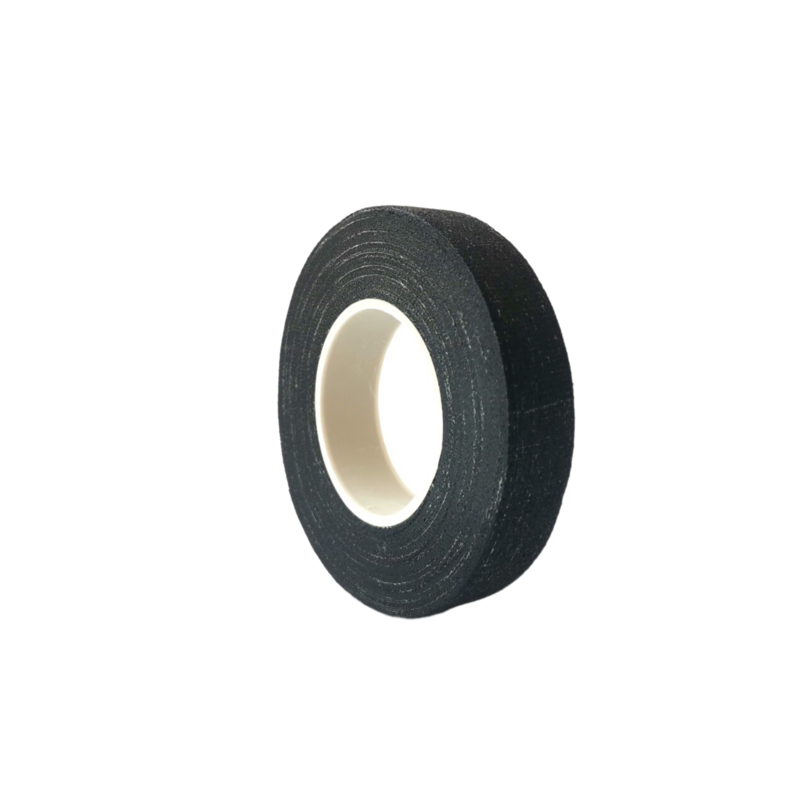The Importance and Benefits of Floor Line Marking Tape
In various industries and environments, maintaining safety, organization, and efficiency is paramount. One effective solution that has gained popularity is floor line marking tape. This simple yet powerful tool plays a crucial role in workplace safety, maintenance of order, and the provision of clear communication in numerous settings—from warehouses to factories, hospitals, and schools. Below, we explore the significance, various applications, and advantages of using floor line marking tape.
Understanding Floor Line Marking Tape
Floor line marking tape is a type of adhesive tape specifically designed to create lines on surfaces, most commonly floors. It comes in various colors, widths, and materials, enabling customization for specific applications. Unlike traditional paint, floor marking tape is easier to apply and remove, making it a favorable choice for many businesses.
Enhancing Safety Standards
One of the primary benefits of floor line marking tape is its ability to significantly enhance safety in the workplace. Clearly marked pathways can guide employees and visitors through complex environments, reducing the likelihood of accidents. For instance, in warehouses, line tapes can delineate walking paths, loading zones, and hazardous areas, helping to prevent collisions between pedestrians and forklifts or other vehicles. Safety is paramount in industrial environments, and the visibility and durability of floor markings can play a critical role in preventing injuries.
Promoting Efficiency and Organization
In addition to improving safety, floor line marking tapes help foster a culture of efficiency and organization. By clearly defining areas designated for specific tasks—such as packing, shipping, or storage—employees can quickly identify where to go and what to do. This can lead to reduced downtime and improved productivity as employees spend less time searching for information or navigating disorganized spaces.
For example, in a manufacturing facility, marking different zones for different stages of production can streamline operations and ensure that every worker knows where to find materials or equipment. The succinct visual cues provided by the tape can significantly enhance workflow, reducing delays caused by confusion.
floor line marking tape

Customizability and Versatility
Floor line marking tape is available in various colors and styles, making it adaptable to any environment and specific needs. For instance, different colors can signify different meanings—red can indicate danger or stop, while green may denote safety or go. This color-coding system allows for instant recognition of various zones and can be easily understood by all personnel, regardless of language barriers.
Furthermore, floor marking tape is versatile and can be used on various surfaces, including concrete, wood, asphalt, and tile. This makes it suitable for all kinds of settings, from industrial factories to hospital corridors, school gyms, and retail spaces.
Ease of Application and Maintenance
One of the most appealing aspects of floor line marking tape is its ease of application. Unlike painted lines, which require extensive preparation and drying times, tape can usually be applied directly onto the surface with minimal preparation. Furthermore, if a line needs to be changed or if a workspace needs to be reconfigured, removing tape is a simple task. This allows businesses to adapt their layouts and safety practices without significant downtime or cost.
Maintenance is also straightforward, as floor line marking tape is often designed to be durable and resistant to wear and tear, ensuring a long-lasting solution that can withstand heavy foot or vehicle traffic.
Conclusion
In conclusion, floor line marking tape is an essential tool for ensuring safety, efficiency, and organization in various environments. Its ability to provide clear and effective visual communication makes it invaluable across a range of industries. By implementing floor line marking tape, businesses can promote a safer workplace, streamline operations, and adapt as needed—all contributing to a more productive and harmonious work atmosphere. As industries continue to evolve, the significance of such simple yet effective solutions will undoubtedly continue to grow.
-
XIANGFAN Rubber Tape-Ultimate Solutions for All Your Insulation NeedsNewsJun.24,2025
-
XIANGFAN Rubber Tape-Protection for Industrial and Residential ApplicationsNewsJun.24,2025
-
XIANGFAN Rubber Tape: Superior Safety and Sealing for Demanding EnvironmentsNewsJun.24,2025
-
XIANGFAN Rubber Tape: Reliable Solutions for Every Electrical ChallengeNewsJun.24,2025
-
XIANGFAN Electrical & Industrial Tape: Powering Reliability Across IndustriesNewsJun.24,2025
-
XIANGFAN Electrical & Industrial Tape: Excellence in Every ApplicationNewsJun.24,2025
